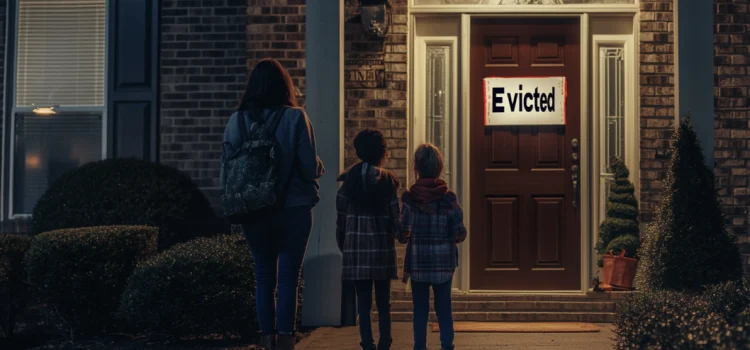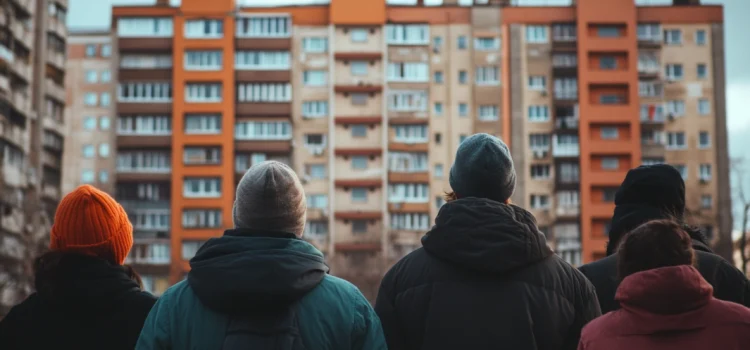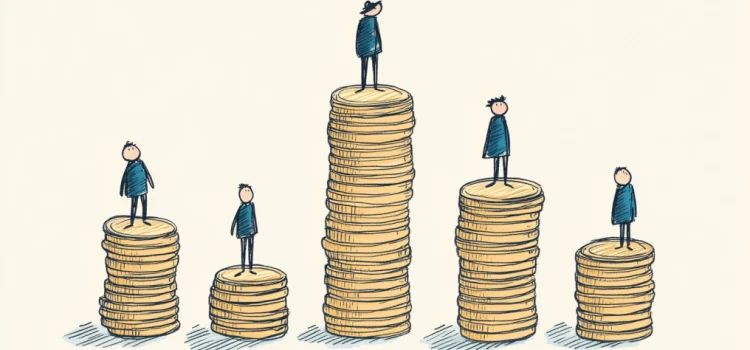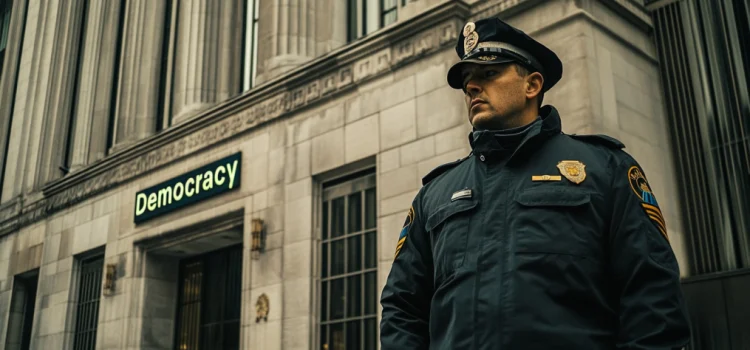Why are eviction rates rising in the United States? Why is the poverty-eviction cycle so hard to break? Can anything be done to help the situation? Imagine living with the knowledge that you could lose your home at any time, for any reason. In Evicted, sociologist Matthew Desmond explains that millions of Americans live every day under the threat of eviction, and it takes a heavy toll on them both psychologically and financially. Keep reading for our brief overview of Desmond’s book Evicted.
Evicted by Matthew Desmond: Book Overview and Exercises










